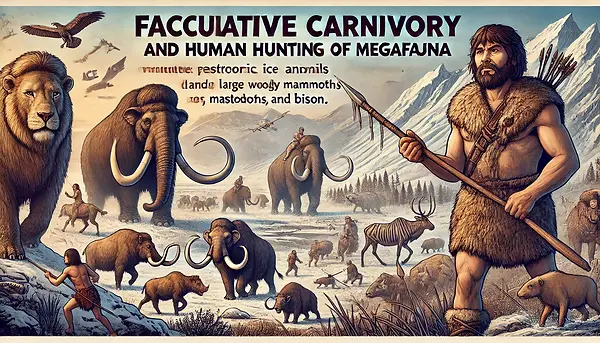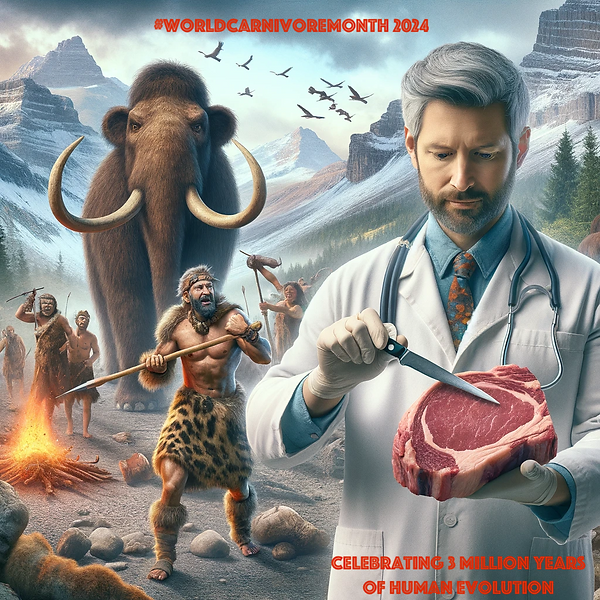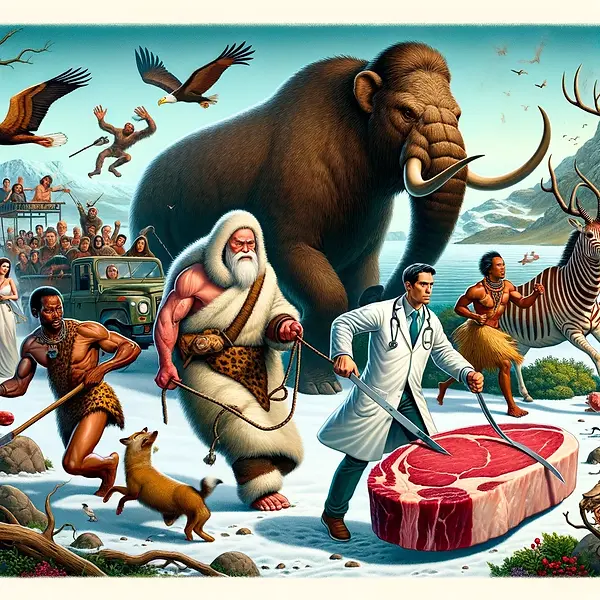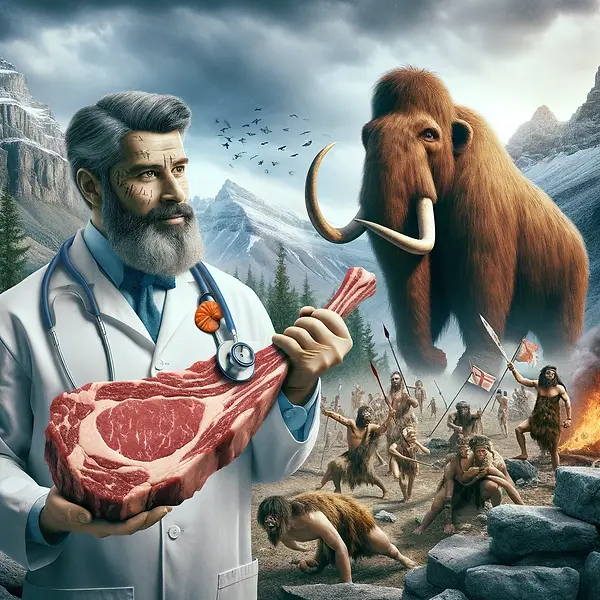


Title:
Hunting large prey as humans did is exclusively associated with hypercarnivory
Abstract:
The impact of large terrestrial carnivores on Pleistocene ecosystems
Details
The impact of large terrestrial carnivores on Pleistocene ecosystems
Significance
At very high densities, populations of the largest herbivores, such as elephants, have devastating effects on the environment. What prevented widespread habitat destruction in the Pleistocene, when the ecosystem sustained many species of huge herbivores? We use data on predator–prey body mass relationships to predict the prey size ranges of large extinct mammalian carnivores, which were more diverse and much larger than living species. We then compare these prey size ranges with estimates of young mammoth sizes and show that juvenile mammoths and mastodons were within predicted prey size ranges of many of the Pleistocene carnivores. From this and other fossil evidence we argue that, by limiting population sizes of megaherbivores, large carnivores had a major impact on Pleistocene ecosystems.
Hypothesis:




